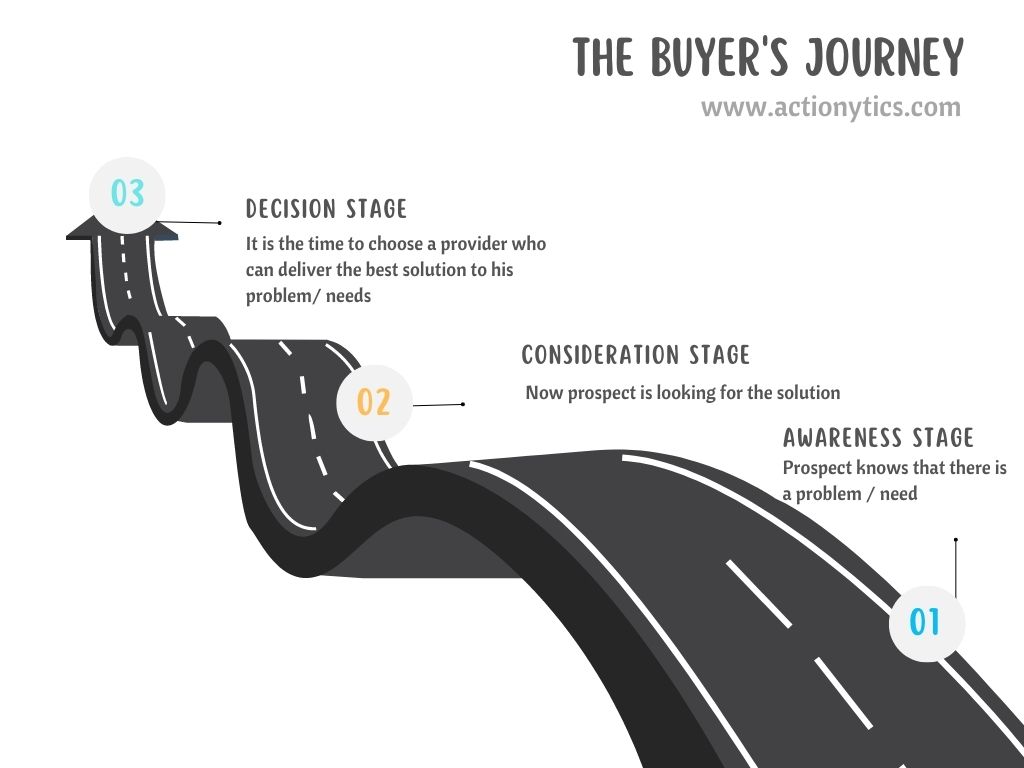Inbound marketing is a strategy that focuses on attracting potential customers rather than pushing products at them. It involves creating content that people will want to read, watch, or listen to. This helps build trust and credibility in your company, which leads to increased customer loyalty.
That was the bird’s eye view of Inbound marketing. Now go back and read the paragraph one more time, this time paying more attention to the underlined words. Let’s have a quick closer look at them together:
Strategy: It’s a strategy, not a tactic. Strategies take time and are for the long run. You can’t test it out for 3 months then leave saying it wasn’t working. You can’t compare it with short term tactics. An Inbound strategy (which is long term and all encompassing) includes many tactics and tools (which are short term and narrowly focused) that make it work. So we can’t just ask “do you prefer Inbound marketing or Facebook Ads” since all ad campaigns can be a part of Inbound if done in the right sense.
Focuses: There’s no strict line that puts absolutely all instances of a digital marketing tool or method outside of or inside Inbound marketing. Inbound focuses on becoming a lead attraction machine by putting all the pieces of the puzzle together. But it won’t shy away from putting down traditional tactics and methods that won’t adapt to the whole strategy; such as in-your-face display ads.
Attracting: It’s all about the rules of attraction. There is no push or blocking someone’s way or popping ads or products in their face. It all starts from the customer’s side. There is a want, need, or pain point that once recognized it is researched more from their side. Then there is a will to find a way to address the pain, again from the customer. And then a moment of zero decision on who can help best address that need or desire, and support the customer through the process. This is their decision once more. The ONLY way we can help is providing the best content to attract them at all three time periods above. They will be attracted, not pulled and not pushed.

Potential customers: We don’t want to sell everything to everyone. We want to zoom in on the specific group(s) of individual people we can help most. With all their apparent differences, these individuals all have a series of common problems or pain points that we believe we are the best at healing. Because of the common pain and its root cause or effects on their life, they might have other common interests, characteristics, geolocations, or even work positions and jobs that we can review. Based on these, you can usually place your customers into two or three general groups with common points and build a persona of one of them in each group.
Will want to: After building out a persona of each of your potential customer groups, you’ll start creating content and distributing everywhere you feel he/she might hang out on the web and beyond. You’ve got to be wise and look at this from their point of view. It’s not about YOUR perfect product catalog or YOUR awesome company experience or YOUR team’s out of the world expertise. It’s about THEIR pain, THEIR struggle, THEIR interest, and THEIR wants. How can you write and create content that really zooms in and puts THEIR issue on the spotlight right now and give them the most helpful piece of content they can get? They will want that comparison, video, or checklist, won’t they?
Build Trust: If we honestly and truly can help our potential customers find their way, and have already focused on only the people we know we can help, then we can be sure a very high percentage of our leads turn into customers for our business once they are ready. Or at least refer us to others in their circle with high marks.
Credibility: If you can keep providing answers to the questions a future customer has in their buying journey, you will be known as a credible authority to them. Once they need to buy the product/service that you also can provide, guess who they will ask first to help them choose a provider? Once leads realize you are also providing the services they need, it’s a done deal. “These guys have gone out of their way and helped me so much for free, what will they do once I start paying money and become their client?!”

Customer loyalty: As you know already, it is six times easier to sell products/services to a past customer than new ones. If you are on the side of your customers and can seriously provide help and value to them, they will become loyal to you and ultimately become an evangelist of your services. The Inbound Flywheel shows how we believe it is of utmost importance to have loyal, delighted customers that bring in new leads and customers to our business to keep the business flywheel rotating.
What we discussed above, although in more detail, can still look like it is very general. But the Inbound methodology has specific tools, checklists, tasks, and projects that if followed and matched with the right CRM and business tools can turn your business into a blooming machine with all the human touch and support it needs. Fill out the form on this page and give us a poke, so we can schedule a quick strategy call for you free of charge. We just want to listen and see if there’s a way to help you succeed and succeed with you.




